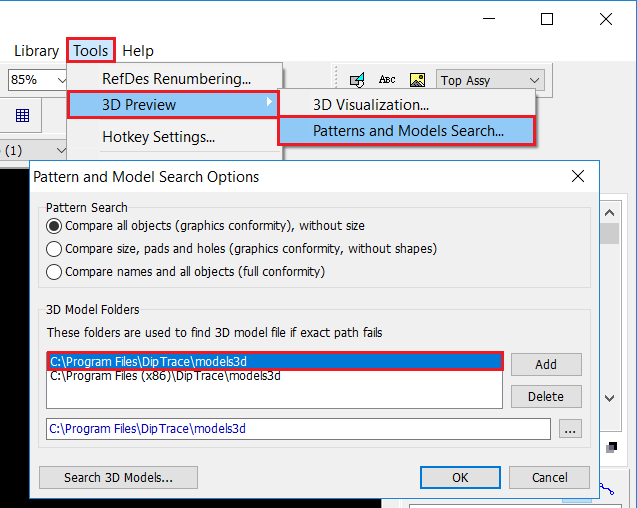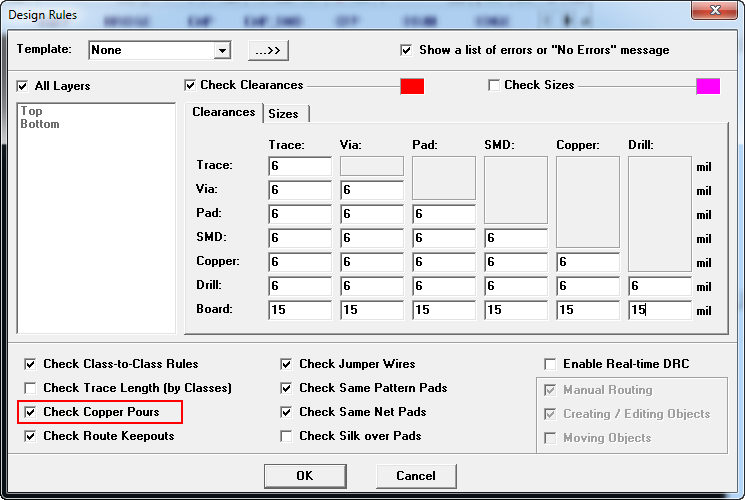

For example, the RDT devices for malaria detection, measures specific antigens, such as Histidine Rich Protein II, pLDH, and pAldo, produced from malaria parasites. A typical tradeoff from the RDT methods is accuracy and lack of quantification to obtain low-cost and ease of use. The RDT offers low manufacturing cost and provides the first-level screening to determine the necessity of follow-up tests. For this reason, many different techniques have been introduced and developed under the category, rapid diagnostics tests (RDT).

By uploading and sharing the design files online, the presented low-cost qPCR device may provide easier access to a robust diagnosis protocol for various infectious diseases, such as HIV and malaria.Įarly diagnosis and prompt treatment is crucial to provide the best health care to a patient and to reduce the risk of further spreading, especially in cases involving malaria parasites, tuberculosis (TB), and human immunodeficiency virus (HIV).
#NINE VOLT BATTERY PATTERN IN DIPTRACE PORTABLE#
The resulting device is portable and battery-operated, with a size of 12 × 7 × 6 cm 3 and mass of only 214 g. The entire process of thermal control and time-coordinated fluorescence reading is automated by closed-loop feedback and a microcontroller. This is immediately followed by qPCR which quantifies the target sequence molecules in the sample during the PCR amplification process. A reverse-transcription step is a part of the device’s operation, which takes place prior to the qPCR step to reverse transcribe the target RNA from the lentivirus into complementary DNA (cDNA). The presented 3D manufactured qPCR device is tested with 20-μL samples that contain various concentrations of lentivirus, the same type as HIV. The material and design are carefully selected to minimize the number of custom parts that depend on advanced manufacturing processes which lower accessibility.

#NINE VOLT BATTERY PATTERN IN DIPTRACE DOWNLOAD#
The key advantage of this approach is the ability to upload the digital format of the design files on the internet for wide distribution so that people at any location can simply download and feed into their 3D printers for quick manufacturing. In order to provide a higher level of accessibility than current qPCR devices, a set of 3D manufacturing methods is explored as a possible option to fabricate a low-cost and portable qPCR device. However, due to the high-cost instrumentation involved and the complexity in maintenance, it is rarely used in the field to make a quick turnaround diagnosis. Diagnosing infectious diseases using quantitative polymerase chain reaction (qPCR) offers a conclusive result in determining the infection, the strain or type of pathogen, and the level of infection.


 0 kommentar(er)
0 kommentar(er)
